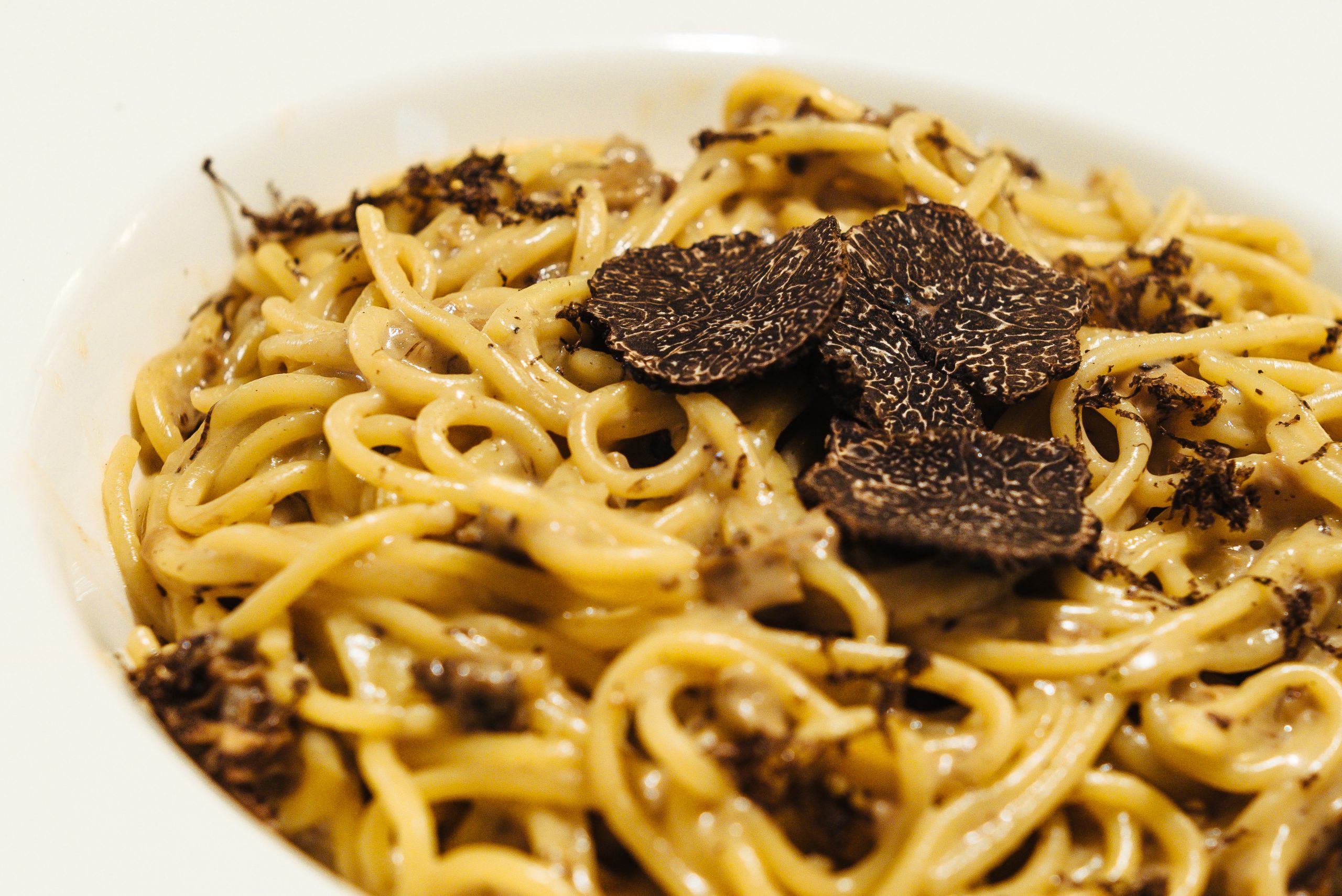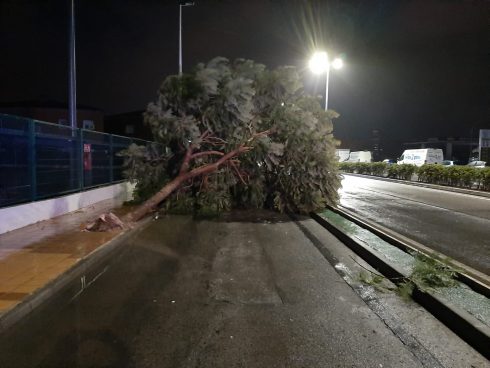CALLED ‘the diamond of the kitchen’ by French gastronome Jean Anthelme Brillat-Savarin in the 1800s, truffles have long been a staple in haute cuisine dishes.
Spain is the sixth largest truffle producer in the world with 197,010 tons of the delicacy harvested in the country each year.
Yet, when shoppers seek out the prized ingredient for their fettuccine or scrambled eggs they head instead to Europe’s top producer: Italy.
But experts from the truffle tourism company Encitruf in Spain’s central region of Soria say this is a grave mistake.
True connoisseurs know that shipping the luxury ingredient could, in fact, damage the quality of the truffle, say Encitruf.
Once the gastronomic gem is dug up from the ground using sniffer dogs or pigs, they should ideally be consumed within ten days to get the full tastebud-tingling effect.
And this is not the only reason to keep truffle buying close to home.
In fact, when it comes to the most desirable variety of culinary truffle- the white Tuber melanosporum or black Tuber magnatum- Spain produces more than anywhere else in the world.
With a rich and smoky flavour reminiscent of oak and hazelnut, the truffle variety thrives in the sun-baked soil of Soria.
But don’t think it’s easy to snuffle a truffle in your own back garden, on average it takes oak trees a painstaking seven years to produce the lucrative delicacy, with truffle hunting hounds costing between €3000 and €4000 euros.
In comparison then, coughing up around €700 for a taste of luxury with no added effort doesn’t seem to steep.
For five guests, Encitruf recommends you need 20 grams of the stuff, just make sure to only invite your favourite people to dinner.






